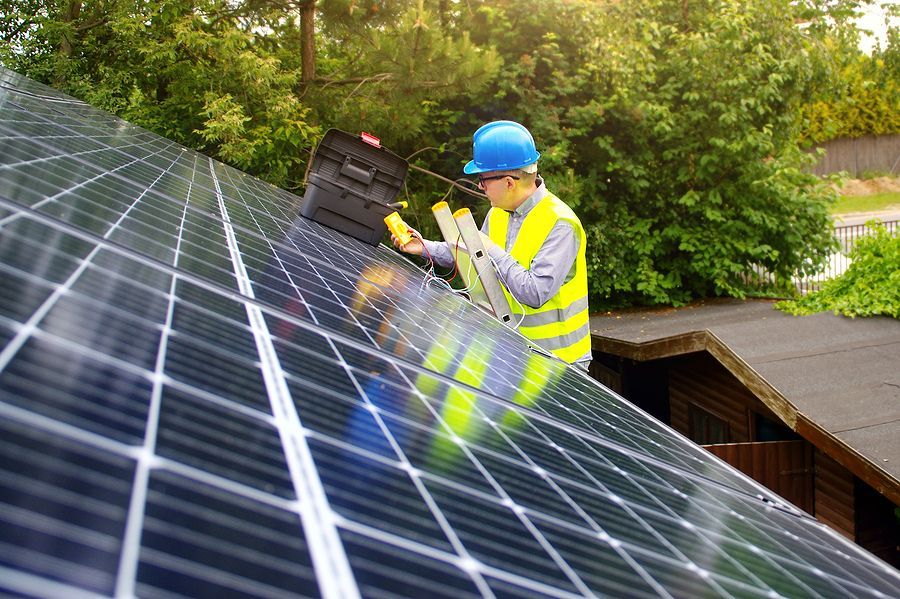Solar Panels for Your Home
In the realm of renewable energy solutions, solar panels stand as the epitome of innovation and environmental consciousness. As in Thornton, Colorado, homeowners increasingly seek sustainable energy options, and understanding the essential facts about solar panels becomes paramount. Whether you're considering making the switch to solar power or simply looking to deepen your knowledge, our team at Ellody Solar Company is here to shed light on some important facts about the world of solar panels for your home.
Harnessing the Sun's Energy with Mono vs. Polycrystalline Types of Solar Panels
Solar panels, also known as photovoltaic (PV) panels, are designed to capture sunlight and convert it into electricity. These panels consist of many interconnected solar cells, each containing silicon, a semiconductor that generates an electric current when exposed to sunlight. The flow of electrons generated by these cells constitutes direct current (DC), which is then converted into alternating current (AC) by an inverter for use in your home. Solar panels come in two primary types: monocrystalline and polycrystalline. Monocrystalline panels are made from a single crystal structure, making them more efficient and space-efficient but often costlier. Polycrystalline panels are created from multiple crystals, offering slightly lower efficiency and cost but remaining a popular choice due to their value.
Understanding Solar Panel Efficiency and The Importance of Unobstructed Sunlight
Efficiency refers to the percentage of sunlight a solar panel can convert into electricity. Higher efficiency panels generate more electricity for the same amount of sunlight, allowing you to maximize energy production even in limited space. While investing in higher-efficiency panels might seem appealing, consider your space availability and budget when making your decision. Solar panels rely on direct sunlight to produce electricity effectively. Even partial shading can significantly decrease their performance. Therefore, it's crucial to install panels in an area that receives consistent, unobstructed sunlight throughout the day. Additionally, technologies like bypass diodes help minimize the impact of shading, allowing the unaffected panels to continue producing power.
Energy Storage Solutions and Reducing Your Carbon Footprint
While solar panels generate energy during the day, you might need electricity when the sun isn't shining. Energy storage solutions, such as batteries, store excess energy generated during sunny periods for use during cloudy days or at night. Advances in battery technology are making these solutions more affordable and efficient, enhancing your ability to utilize solar power around the clock. By harnessing solar energy, you're actively contributing to reducing your carbon footprint. Solar power is a clean and renewable energy source that produces no greenhouse gas emissions during operation. Transitioning to solar power demonstrates your commitment to a greener and more sustainable future.
Enlightened Choices for a Sustainable Future
Equipped with these crucial facts, you're poised to make informed decisions about integrating solar panels into your home. From understanding solar panel types and efficiency to evaluating shading and considering energy storage options, you have the tools to embark on a solar journey that aligns with your energy goals and environmental values. By embracing solar energy, you're not only enhancing your energy independence and reducing your utility bills but also contributing to a more sustainable world.

